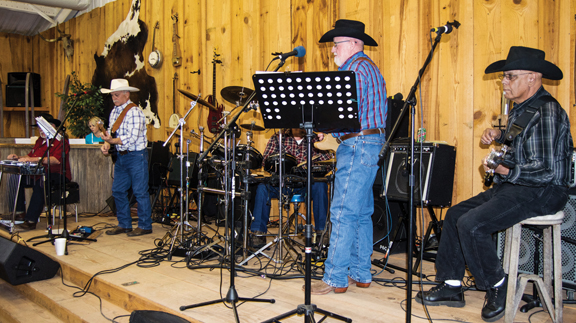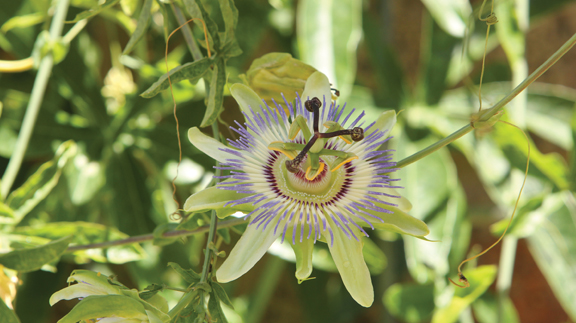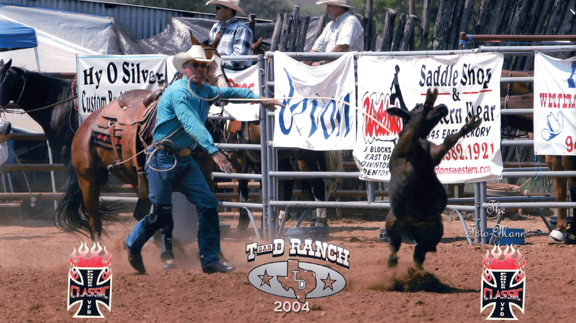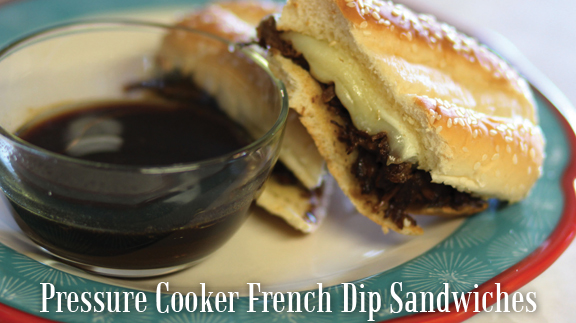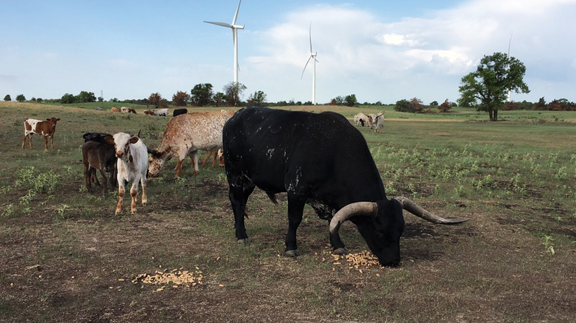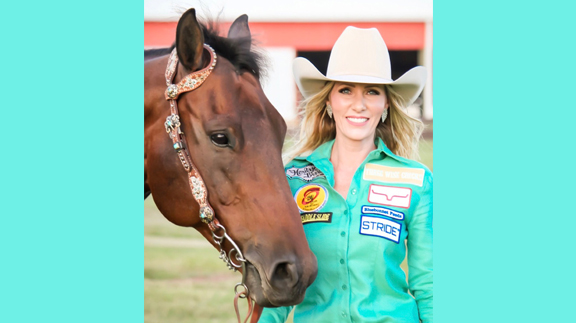Equine
RFDTV The American
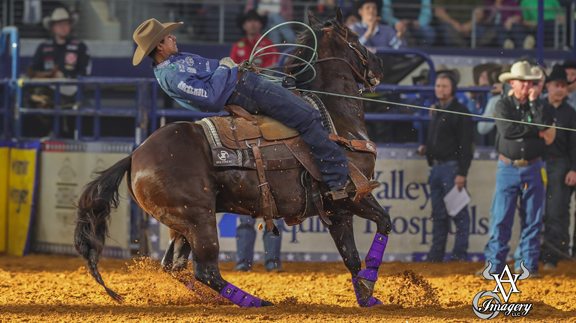
By Phillip Kitts
Well, the 2018 rodeo season has reached the next phase, and with this next phase there will not be much influence on the world standings, but there are big changes in competitors’ pocketbooks.
As we have talked about previously, the winter months bring a slower time for rodeo. In years past January, February and March are months where a lot of competitors focus on healing up from injuries, enjoying down time with family, and planning out their assault on the highways of America.
Over the last few decades the rodeo industry has capitalized on large indoor venues that have the capabilities of hosting large scale rodeos while keeping fans and competitors away from the bitter temperatures and unforgiving weather. This move has birthed some of the biggest rodeos in the business. Places like Fort Worth and San Antonio, Texas, have developed multiple round rodeos that pay out enough money that a winning cowboy can set the conditions for his season and a bid to the Wrangler National Finals at the end of the year.
With great things there are always challenges. Over the last several years some rather large organizations have recognized the value in hosting large indoor rodeos during these winter months. Some of these rodeos such as Rodeo Houston and RFDTV The American have adopted new formats that many say is more exciting for fans.
Because these new formats fall outside of many sanctioning bodies’ rules, these rodeos are essentially non-sanctioned and fall into the category of an open rodeo. In some cases, individual events such as barrel racing may have a sanctioning body, but this only applies to that individual event.
On the last weekend on February a prime example of this took place in Arlington, Texas. The rural television stations RFDTV has spared no expense when it comes to putting together the world’s richest one-day rodeo. The format for RFDTV The American is an in-depth process that has become an exciting fan experience and an equally challenging process for competitors.
Each year RFDTV and rodeo officials use a specific format to choose 10 invitees who automatically make it to the one-day performance.
Throughout the year several venues hold qualifying events for The American. All these events are based around the timed event end of the arena and assist with keeping the qualifying process at manageable numbers of competitors. Then one week prior to the official Sunday performance of The American, Cowtown Coliseum becomes a Mecca for rodeo fans and competitors.
Competitors pull together large amounts of money as entry fees to go to Fort Worth and take their shot at winning a spot in the Sunday performance.
During this qualifying process, competitors endure runs through a slack (Slack is a run that is not during a performance, but the time or score counts the same as if run during the performance). Slack is used to host the overflow competitors when there are not enough places to have them compete during the performance. Once the results from slack have been assessed, then if the competitor is fast enough or scores high enough then they will move on to the next phase and compete in the qualifier performance. Through the performances, the numbers of competitors is worked down to the five lucky who will get the opportunity to compete on the big stage.
Where this gets interesting is this massive one-day performance is held in AT&T stadium, the huge facility that hosts the famous Dallas Cowboys football team and is transformed into a two arena layout. Second competitors who come up through the qualifying process and are not an invitee have the chance to win $1 million. Yes, you read that right, $1 million for a competitor who works his or her way through the qualifying system and wins their event. The answer to the question what about the invitees, well if they win the event they still pocket $100,000, which a pretty nice pocket of change.
The small down fall to The American is because it is considered an invitational or open rodeo, the total amount of winnings does not go toward any year-end winnings and will not help competitors toward a position in the Wrangler National Finals.
Most competitors who manage to win money at this event dedicate the funds to getting up and down the road the rest of the year.
The 2018 American proved to be a huge event with an enormous high energy crowd. Each discipline brought anywhere from 15 to 20 competitors into the long round in which the top four in each event were brought back for the shoot-out round and a chance at all the money.
In a shootout round all previous scores or times are wiped away. Each competitor gets one chance to put up the best score or time possible. In the end, the winner comes from this one-shot opportunity.
Once the dust settled, three competitors managed to work their way through the qualifying rounds and capitalized on the $1 million. Kaycee Feild of Utah dominated the bareback riding and closed out his night by covering the bareback horse of the year, Virgil, to claim his share of the million dollars. In the other bucking horse discipline, Cort Scheer of Nebraska brought his A-game to the short round, which helped him claim his share of the big pot of cash. Lastly, Matt Reeves of Pampa, Texas, put up a smoking run in steer wrestling to close out the three-way tie for the big checks.
Even though the other events did not result in such high payouts, the energy and excitement was just as high. In barrel racing, Taci Bettis of Round Rock, Texas, topped the group and walked away with a handy $100,000 check. Tie down roper Marty Yates of Stephenville, Texas, brought in the big haul by closing out his short round run in under seven seconds. Kaleb Driggers and Junior Noguiera claimed the prize in team roping with a very impressive 4.57 second shoot-out run, and finally the very familiar bull riding name of Jess Lockwood claimed the prize in bull riding with a 90.5 to close out the night.
Between big crowds and big rodeo names, the 2018 American Rodeo once again showed why it is the world’s richest one-day rodeo.
Win or lose, competitors brought every ounce of effort they had with the hopes of claiming their stake at the big payout. Fans were treated to the thrill of fast times, big scores and high energy. All this happened in the one of the biggest and most historic venues in rodeo.
Equine
Equine Metabolic Syndrome (EMS) – The Easy Keeper Disease
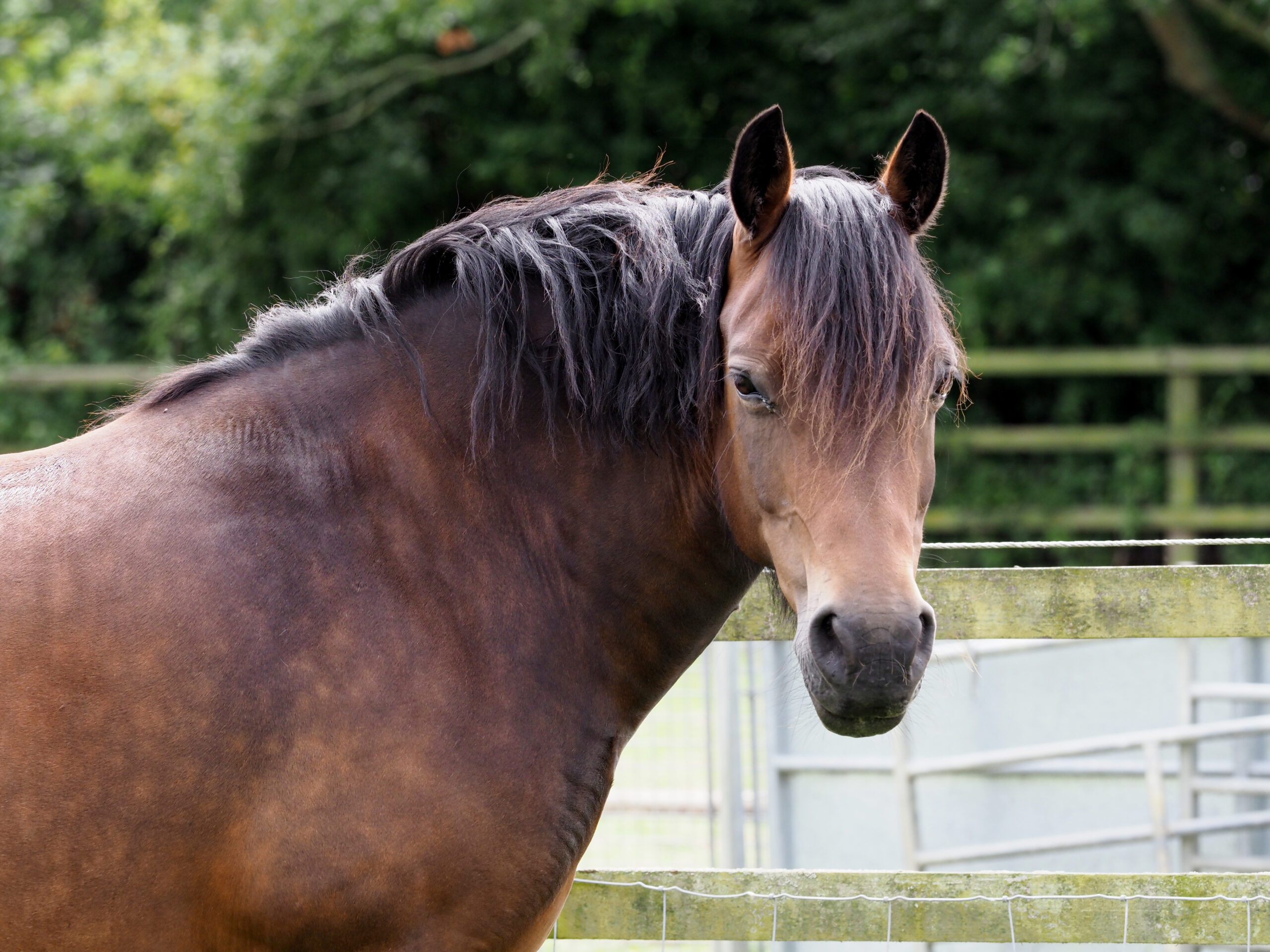
By Garrett Metcalf
It is that time of year when cases in veterinary practices that are diagnosed with EMS or Equine Metabolic Syndrome spike. The reason cases of EMS spike are because the fast growth that pastures experience in the spring. Before EMS was well understood or discovered, many of these horses were diagnosed with grass founder, but through research the process of the disease is now better understood. The disease is caused by obese overfed horses and breeds of horses that have “hardy genes.” These are breeds that generally need less caloric intake to meet their daily energy needs. Although some breeds are at higher risk such as ponies, just about any breed can develop EMS.
Risk Factors for EMS
The key risk factor for development of EMS is weight gain, breed, high caloric intake and very little or inconsistent exercise. Horses that gain weight easily on pasture turn out or are getting too many calories from grains plus hay can be put at risk of EMS. Increasing levels of obesity in horses causes insulin resistance just like in humans, but fortunately for the horse, they have a very robust pancreas that is able to keep up with the extra demand for insulin to provide adequate amounts of glucose to tissue and organ systems despite the insulin resistance. This overproduction of insulin in order to keep up with the resistance causes a very key clinical sign of laminitis, which can be the most debilitating and difficult consequence of EMS. Over 90% of horses will present for laminitis as the first clinical sign of EMS. Unfortunately, the clinical signs for laminitis can go undetected for many months or even years in some cases until the progression of the laminitis reaches a very severe tipping point. It is not uncommon that horses with this disease go undetected for variable periods of time and have x-rays to prove it. Many times, horses will have rotation of the coffin bone in the hoof capsule upwards of 10 degrees before the horse is lame enough to alert their owners that there is a serious problem. It doesn’t seem possible that a horse can get that bad overnight, but rather in many cases they have mini laminitic episodes that are almost silent to many owners that lead to this much damage to their feet over time.
Identifying Horses at Risk
A common feature that puts horses at risk that owners can detect and address themselves before a laminitic crisis occurs is adipose deposited in certain areas of the horse’s body called regional adiposity. Regional adiposity describes fat or adipose tissue that is deposited in different regions of horses that owners should watch for if their horse is gaining weight. These common areas are the neck, commonly referred to as cresty necks, around the tail head, and sheaths of geldings or stallions. If these areas are noticed to be enlarging, especially in the spring when there is an abundance of fresh grass to graze on plus weight gain, then steps need to be taken to prevent the development of EMS.
Managing an Easy Keeper
It is very common to hear owners and veterinarians refer to heavy horses as easy keepers, but there can be some serious consequences of ignoring or brushing it off as just an easy keeper horse. Simple steps can be taken to reverse or reduce the risk of horses developing EMS by decreasing daily caloric intake. First, it is recommended to remove all grain from a horse’s diet including treats. Drastically reducing turn out time to graze especially fast growing lush grass is absolutely necessary in horses at risk of grass founder caused by EMS. There is some conflicting evidence as to when is the best time of day to allow a horse to graze that is sensitive to high sugars in lush growing grass. Some research has found that sugar levels peek later in the afternoon because of an abundance of sunshine and fully ramped up photosynthesis process that occurs in the grass. It is suggested then if grazing is allowed or deemed safe, that morning grazing is a safer time, but sometimes letting an at-risk horse graze is not worth the consequences. Other methods of allowing safe grazing are to mow the grass very short to minimize the volume of grass intake in a given period of time. If mowing is not an option, specially designed grazing muzzles allow pasture turn out but restrict the amount of grass taken in through the muzzle. Do not worry, as many horses are very quick to figure out how to get grass through the small hole in the muzzle and also allow the intake of water. It is recommended to have a leather poll strap on their halters to prevent injury when turned out while wearing a halter. Dry lot management is sometimes the only option, especially in horses that already have EMS. Keeping a horse on dry lot with no access to fresh grass and feeding more mature hay is sometimes needed to manage more severe cases. There are no current medications to help reduced the effects of insulin resistance due to obesity in horses, but some medications can be used to help with weight loss such as Thryo-L (levothyroxine) combined with consistent exercise.
Laminitis
Laminitis is the most debilitating and painful outcome of EMS, not to mention life threating. It is also the most expensive and difficult aspect of managing a horse with EMS. In order to properly manage laminitis caused by EMS, the horse needs to be examined by a veterinarian, radiographs need to be taken of the feet to assess the severity of the laminitis and an experienced farrier needs to be heavily involved with the management of the feet. If the disease is caught early, proper trimming may be all that is needed plus the other management aspects employed, of course, but in many cases corrective therapeutic shoeing is required. Pain management is another key aspect of addressing laminitis. NSAIDs or non-steroidal anti-inflammatory drugs, opioids, aspirin and an anticonvulsant drug called Gabapentin can help block or reduce pain of laminitis that horses experience. Some of these drugs do carry a risk of serious side effects so careful monitoring and proper dosages need to be on the order of a veterinarian to minimize the risk of side effects.
It cannot be repeated enough that the best cure for disease is through prevention. Taking early appropriate steps to keep horses from developing EMS is by far the best way to prevent the disease from occurring. If there is concern your horse is at risk of EMS, please talk to your veterinarian to determine if management and diet changes need to be made to prevent the development of this disease.
Equine
Cudd Quarter Horses Production & Consignment Sale Benefits Rein in Cancer
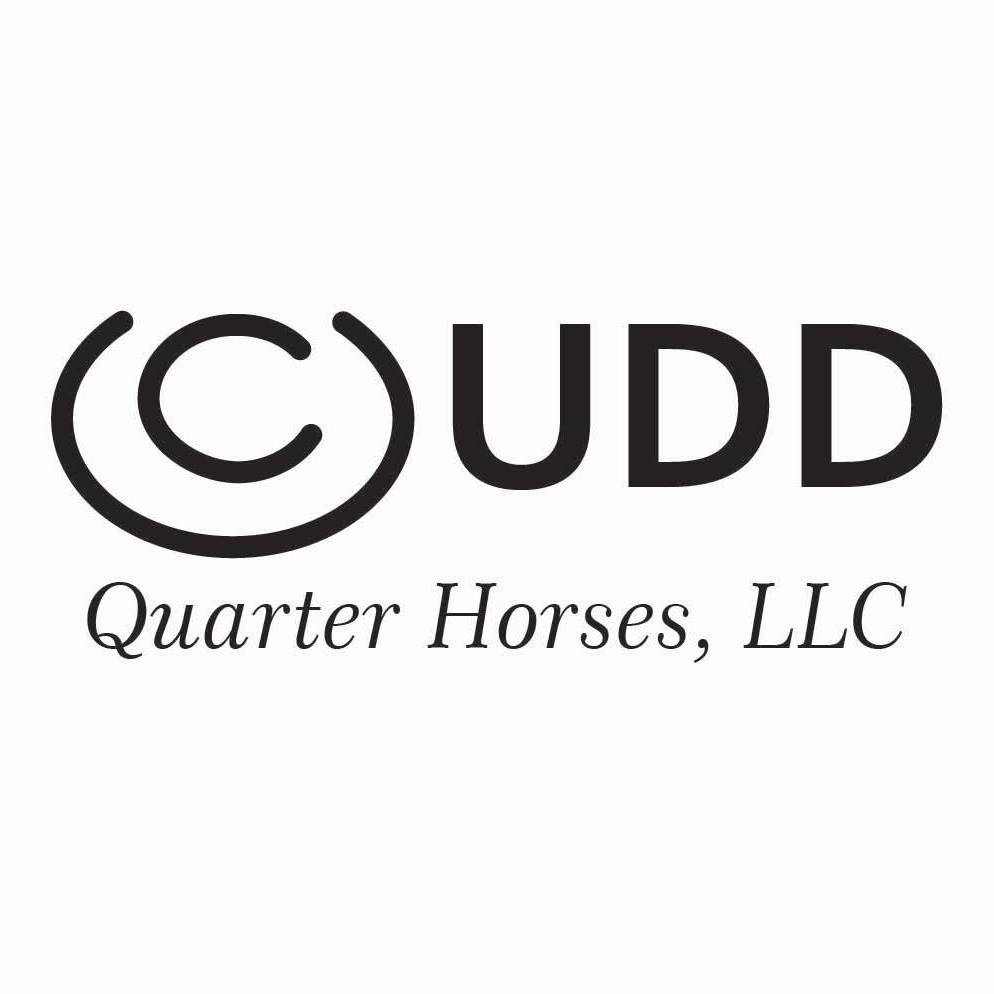
The Cudd Quarter Horses 38th annual sale is set for June 8 at the ranch in Woodward, Okla., and a special horse sold will benefit the Sooner State-based 501(c)(3) Rein in Cancer. Once again, Alice Goldseeker, a sorrel yearling mare by Bay John Goldseeker (King W Goldseeker x Jazzabell Jazz) out of Alices Cat (Cat Ichi x Squirrel Tooth Alice), will sell as lot #24 and, thanks to the generosity of Renee Jane Cudd, the proceed of her sale will go to benefit Rein in Cancer.
Rein in Cancer co-founder Shorty Koger expressed gratitude, saying, “We deeply appreciate Renee Cudd’s support of Rein in Cancer. The funds we provide are crucial for those facing the many challenges of cancer treatment.”
Cheryl Cody, President of Rein in Cancer, emphasized the importance of community support: “Support for Rein in Cancer means so much. The funds are allocated in two key ways: first, to sustain the Shirley Bowman Nutrition Center, which offers care to cancer patients regardless of their financial situation; and second, to provide direct financial assistance to individuals in the horse industry undergoing cancer treatment. Cancer affects everyone, whether personally or through loved ones, making this cause incredibly important. We are extremely grateful to Renee for her support.”
Cudd Quarter Horses was begun in 1985 by Renee Jane Cudd and her late husband, Bobby Joe Cudd. The ranch has been a leading breeder of AQHA Ranch and Roping horses for over 30 years, and the annual Production Sale is always a popular event. Renee noted, “Bobby Joe passed away in 2005, and I feel so lucky that I have been able to continue with it.”
For information on the sale, visit the Cudd Quarter Horses Facebook page.
Rein in Cancer was founded in 2007 by three friends: Shorty Koger of Shorty’s Caboy Hattery, Cheryl Cody of Pro Management, Inc., and healthcare professional Tracie Clark. These founders continue to lead the 501(c)(3) organization, which has raised millions of dollars. Rein in Cancer funds and supports the nutrition clinic at the University of Oklahoma’s Charles and Peggy Stephenson Cancer Center, offering services to all patients regardless of their ability to pay. Additionally, the organization provides direct financial assistance to individuals in the Western performance industry undergoing cancer treatments.
For information on Rein in Cancer, visit ReinInCancer.com.
Equine
Equine Flexural Limb Deformities

By Dr. Garrett Metcalf
Flexural limb issues can occur in different age groups of horses, starting with newborns up to two- to three-year-olds. These issues occur somewhat predictably in age groups and can be addressed rather quickly when needed. There are various treatments and methods that can be used to address flexural issues. This article will discuss the most common flexural abnormalities and treatment methods.
Foal Flexural Issues
Foal flexural issues are often considered congenital flexural limb abnormalities because they are born with them. We don’t fully understand why this occurs but there is some evidence in the human literature that lack of fetal activity in the womb causes club feet in babies. In foals, it is thought that uterine positioning is to blame for part of the contracted tendons. Other causes can be exposure of the mare to toxic plants or substances that may be toxic to the fetus.
The most common area that a foal will have contracture of limb is at the carpus or knee. These foals will not be able to fully extend the knee and often will affect both at the same time. These foals can have difficulty standing to nurse or will get fatigued quickly and will not be able to stand for longer periods of time. There can also be damage to the extensor tendons or even rupture of extensor tendons caused by the high strain placed on them when the foal tries to stay standing. The rupturing of these tendons is not overly concerning but the lack of extensor function can make the flexural limb deformity worsen.
Other common locations of flexural limb deformities can be at the fetlock or coffin joint level. These deformities are not usually as detrimental to allowing the foal to stand and nurse properly compared to carpal flexural deformities. These deformities can be addressed similar to carpal deformities with some exceptions.
Treatment of Flexural Deformities
Splints or casts can be used to stretch and support the effected limbs of foals. Splints are often preferred by most veterinarians because they can be repositioned or reset as needed. Splints are easier to place on the limbs of foals but they do need resetting every 24 to 48 hours. Casting of the limbs is more rigid but is not adjustable once placed. Casting is often needed in more severe cases and requires changing frequently. Whenever placing these devices, care must be taken to prevent splint or cast sores because foal skin is rather delicate.
Surgical intervention is needed in some cases of carpal flexural deformities. A study out of Australia found that cutting of two muscle/tendon groups on the back of the carpus greatly improved the ability to extend the carpus with splinting methods. Cutting of these tendons do not have consequence to future athletic function. The two muscles are called flexor carpi ulnaris and ulnaris lateralis.
An antibiotic called Oxytetracycline is helpful to treat flexural limb deformities because of its side effect of causing tendon laxity. The laxity is created by chelating calcium within the tendons and allows the relaxation of tendons. This method does have some risk because of the high dose required and renal injury that it can cause when not administered with IV fluids.
Toe extension shoes are used when it comes to dealing with lower limb flexural limb deformities. These shoes are often applied with adhesives and after the splinting or casting is no longer needed. The toe extension shoe allow foal to continue to stretch those tendons every time they take a step and prevent from becoming contracted again.
Older horses (six months or older) with contracted tendons often get acquired limb deformities and the horses need surgical intervention to correct these deformities. These surgeries cut or release check ligaments that allows the musculotendinous unit of the deep digital or superficial digital flexor tendon to elongate. The deep digital flexor tendon is responsible for causing club feet or a flexural limb deformity at the coffin joint. The superficial digital flexor tendon is responsible flexor tendon that causes a flexural limb deformity at the fetlock joint. The check ligaments attach the tendon to bone and do not allow the tendon to elongate past a certain point. By eliminating these ligaments the flexural limb deformity can be corrected by allowing the muscle to stretch since the tendon is much more rigid.
Flexural limb deformities can be caused by excessive laxity or weakness of the tendons. These deformities are often seen in premature foals or foals that are born at a much smaller birth weight. The excessive laxity will cause the toes of there feet to flip up in the air and the fetlocks to be touching the ground. The areas where the skin is contacting the ground will cause sores and abrasions. If these areas are note protected the wounds can get into deep structures causing serious infection and injury the flexor tendons.
Treatment for tendon laxity is to add heel extension shoes to keep the toes flat to the ground. The extension behind the foot forces the toe down under the foals own weight. As the foal becomes stronger from normal activity the muscle attached to the tendons can support the foal and the limb laxity will correct itself. Abrasions still can occur even with heel extension shoes are in place so bandages need to be applied to protect these areas.
Flexural limb issues are a common issue that horses and owners will face. It is best to have your horse evaluated by a veterinarian whenever these problems are suspected. Foal flexural limb deformities can be life threatening because of the limitation of standing on time to nurse colostrum. Without colostrum within the first hours of life the foal is a much higher risk of sepsis and death.
Read more in the August 2023 issue of Oklahoma Farm & Ranch.
-

 Country Lifestyle7 years ago
Country Lifestyle7 years agoJuly 2017 Profile: J.W. Hart
-

 Outdoors6 years ago
Outdoors6 years agoGrazing Oklahoma: Honey Locust
-

 Country Lifestyle3 years ago
Country Lifestyle3 years agoThe Two Sides of Colten Jesse
-

 Outdoors4 years ago
Outdoors4 years agoPecan Production Information: Online Resources for Growers
-

 Equine7 years ago
Equine7 years agoUmbilical Hernia
-

 Attractions7 years ago
Attractions7 years ago48 Hours in Atoka Remembered
-

 Farm & Ranch6 years ago
Farm & Ranch6 years agoHackberry (Celtis spp.)
-

 Outdoors3 years ago
Outdoors3 years agoSuzy Landess: Conservation carries history into the future

